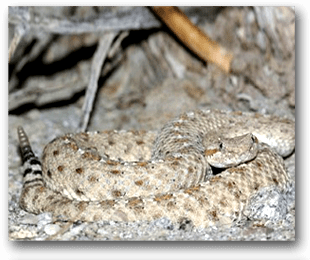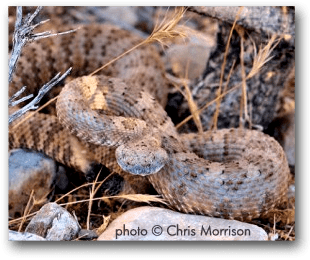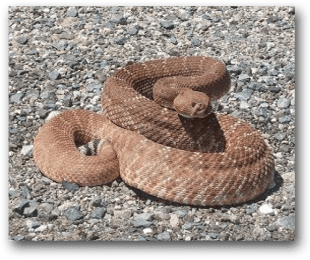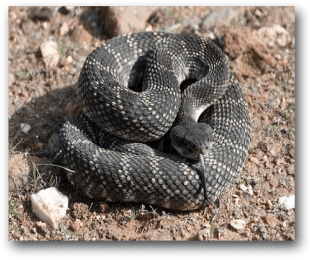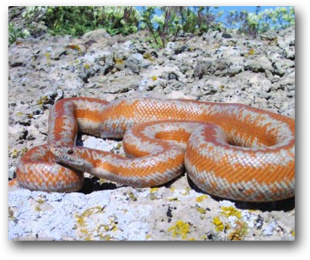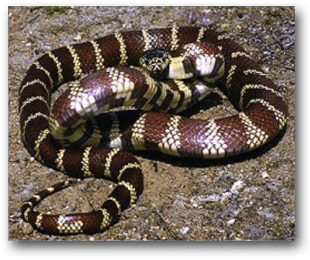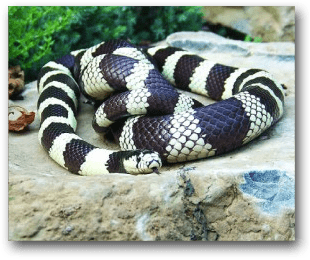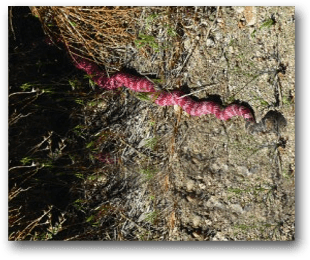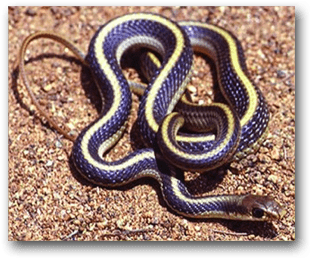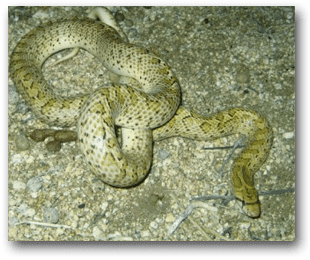... BITE PICS- WARNING: These pictures are graphic
... Please take a second to read:
... JUSTIN SCHWARTZ'S AMAZING RATTLESNAKE BITE
SURVIVAL STORY:
Venomous Snakes
Below is a reference chart of the 10 rattlesnake species that are native to California, all of which are venomous. If you have encountered a rattlesnake on your property and would like to determine the species of rattlesnake you saw, use this chart as an identification tool. The species of rattlesnakes you encounter will depend on where you reside.
All species of rattlesnakes vary significantly in size, territory, markings and temperament depending on their locality, and may vary from the pictures below. If you do not see a snake that resembles what you have encountered it may be a non native snake that has been released by its previous owner. Get the best description of the snakes you encounter and pictures if possible.
For additional pictures of rattlesnakes native to California Click Here
Rattlesnake Look Alikes
The pictures below are of non venomous snakes native to California. Often times non venomous snakes are mistaken for venomous snakes. This is because many non venomous snakes resemble venomous snakes in color and pattern. Non venomous snakes often mimic rattlesnakes as a defense mechanism to deter predators. Snakes do this by rattling their tails(Tails come to a point and lack the noise a rattlesnake makes), hissing and flatting their heads out, making them look triangular.


